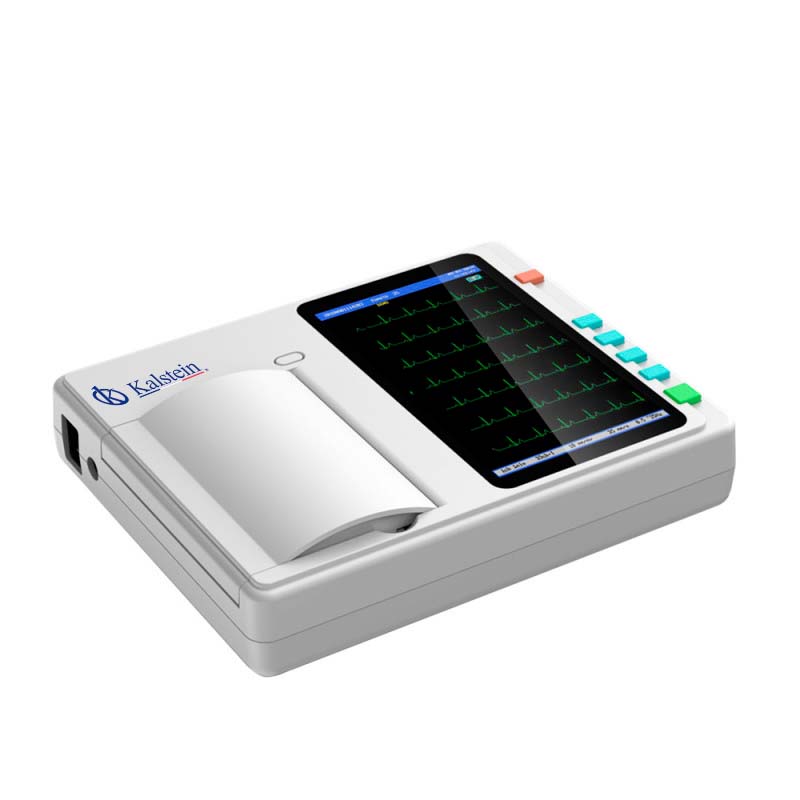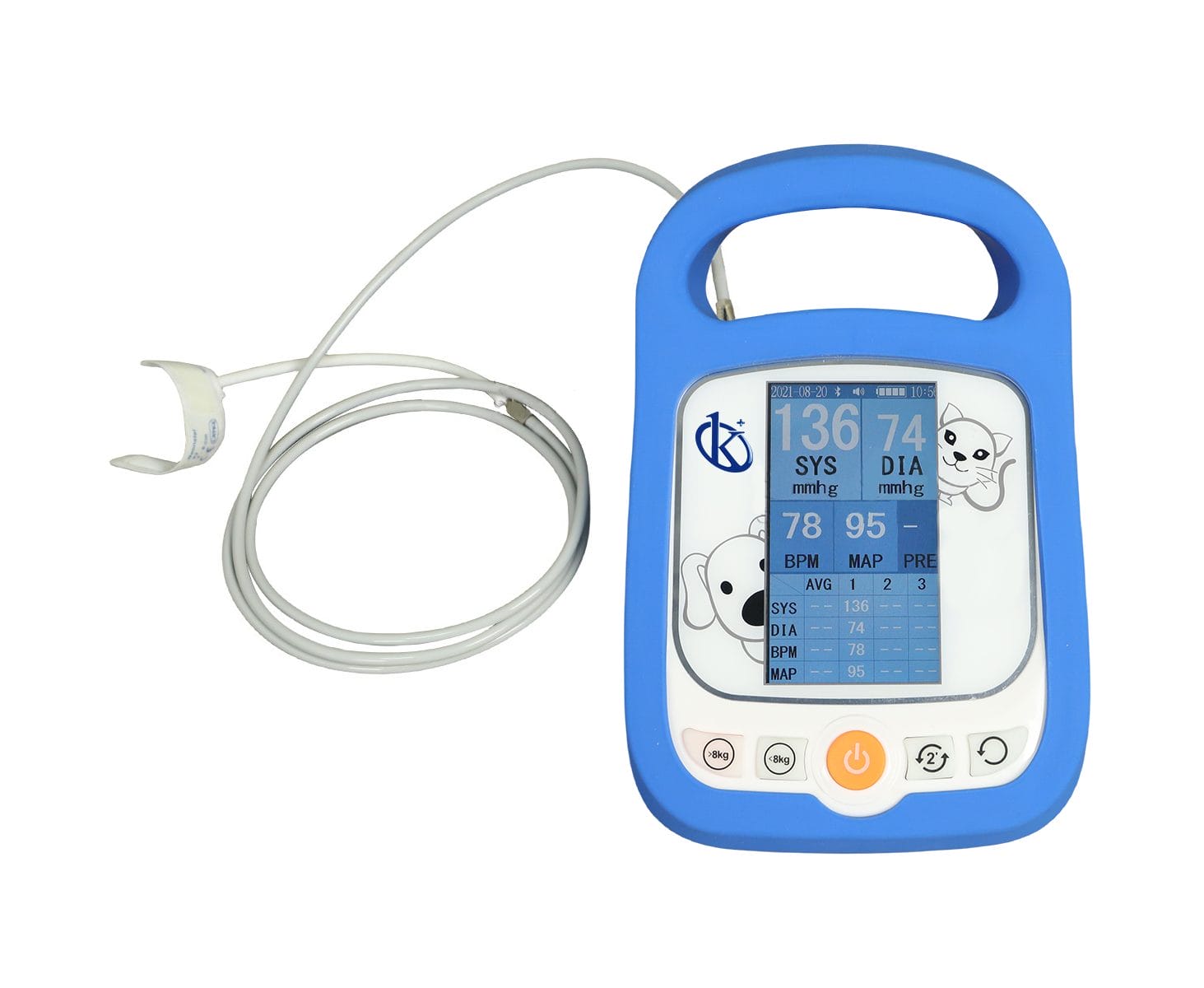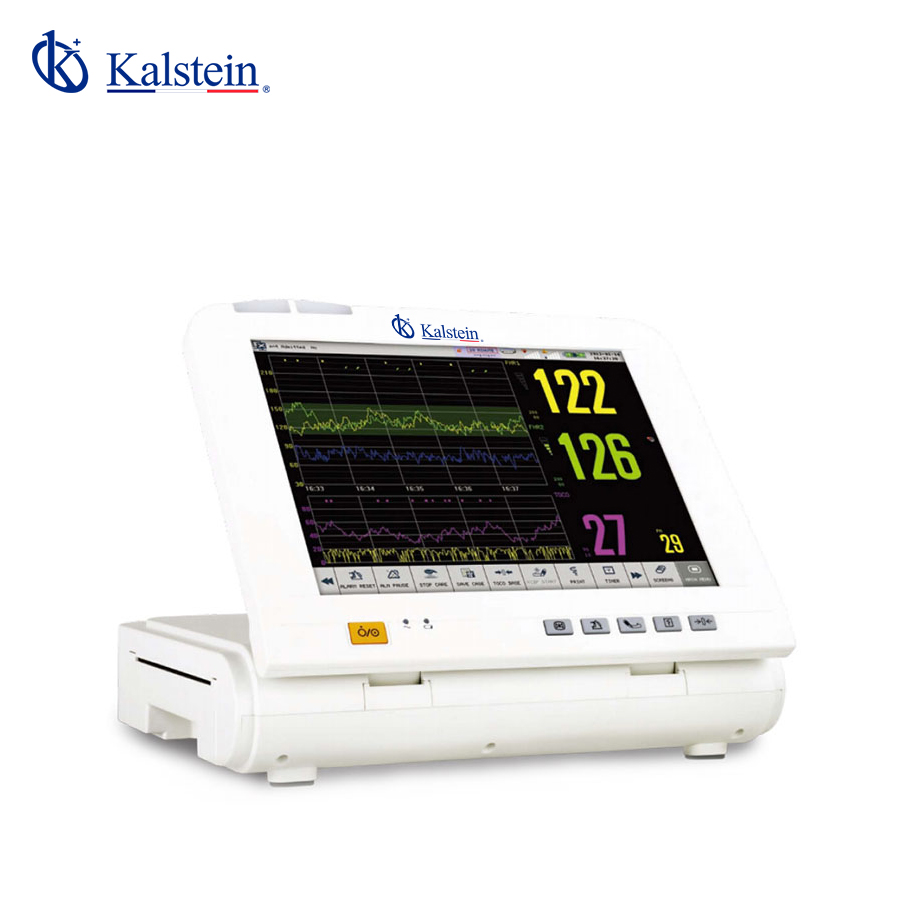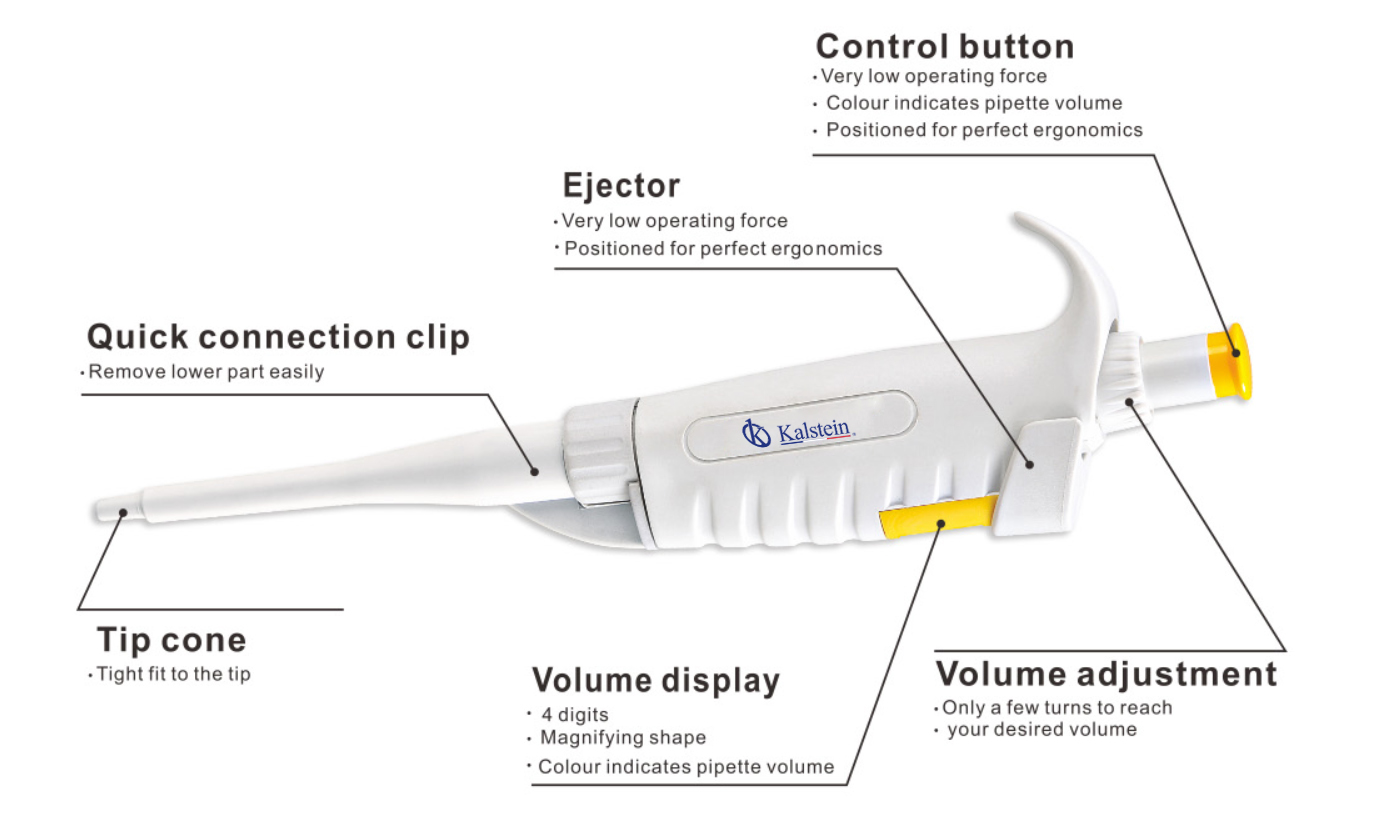Cardiac monitoring is one of the essential tools in modern medicine, allowing doctors to obtain precise information about a patient’s heart function. In this context, the Digital ECG Electrocardiograph has become an indispensable device in hospitals and clinics. Today, I want to share my experience with this equipment, highlighting its importance in diagnosing and treating heart diseases.
ECG Electrocardiograph
The ECG electrocardiograph is a medical device used to record the heart’s electrical activity. This recording, known as an electrocardiogram, is key to detecting abnormalities in the heart’s rhythm and other conditions related to the cardiovascular system. By capturing electrical signals through electrodes placed on the patient’s skin, the electrocardiograph displays the results on a graph that can be interpreted by a specialist.
In my experience, this device is fundamental for obtaining a quick and accurate diagnosis. Digital ECGs have significantly improved the process, providing immediate results that can be easily stored, shared, and analyzed in a clinical setting.
ECG Electrocardiograph, Kalstein Brand
I’ve had the opportunity to work with several electrocardiographs from different brands, and I can confidently say that the Kalstein ECG electrocardiographs stand out for their precision and ease of use. This brand is known for offering high-quality medical equipment, and their ECGs are no exception. In particular, Kalstein’s models offer a level of sensitivity and clarity in the recordings that is crucial for accurate diagnosis.
What has impressed me most about Kalstein electrocardiographs is their ability to integrate with other monitoring systems. This allows ECG data to be analyzed alongside other vital signs, providing a more comprehensive view of the patient’s health. Additionally, Kalstein devices are compact and portable, making them easy to use in various areas of the hospital.
Technical Features of ECG Electrocardiographs
Digital ECG electrocardiographs come with a range of technical features that make them indispensable in clinical practice. Some of the most important include:
-
Multiple channels: Advanced models allow for simultaneous recording of several leads, providing a detailed view of heart activity.
-
LCD screen: They offer high-resolution screens that allow real-time data visualization, facilitating interpretation by doctors.
-
Data storage and transfer: Many electrocardiographs allow ECGs to be stored in internal memory or transferred via USB ports or Wi-Fi connectivity.
-
Noise filters: They incorporate filters that eliminate ambient noise or interference, ensuring clear and precise recordings.
-
Software compatibility: These devices are compatible with programs that allow for detailed analysis and the generation of personalized reports.
Different Types or Models of ECG Electrocardiographs
There are different types of ECG electrocardiographs on the market, each adapted to specific clinical needs. Some models are designed for more basic use in medical offices, while others, like Kalstein models, are suitable for more complex hospital environments.
The Kalstein YR02112, for example, is a 12-lead electrocardiograph ideal for obtaining a complete analysis of the heart. This model is portable and easy to use, allowing for quick diagnoses in emergencies. Another popular Kalstein model is the YR02118, which features wireless connectivity, making it easier to transmit data to other systems in real time.
On the other hand, brands like GE Healthcare and Philips also offer models with similar features. However, Kalstein’s electrocardiographs are generally more affordable in terms of price, without sacrificing precision or advanced functionalities.
Technical Support for ECG Electrocardiographs
Technical support and advice are crucial factors when choosing an ECG electrocardiograph. In this regard, Kalstein excels by offering specialized customer service. I have had the opportunity to interact with their technical team, and I have always received quick and efficient responses.
Additionally, Kalstein provides training on the use of their electrocardiographs, which is essential for medical staff who need to familiarize themselves with the advanced features of these devices. Regular maintenance is another strong point of the brand, ensuring that the devices function correctly over time.
Price Comparison and Technical Specifications with Competitors
When comparing Kalstein ECG electrocardiographs with other well-known brands like GE Healthcare and Schiller, I’ve noticed that Kalstein products offer exceptional value for money. Below is a comparative table of some technical features and prices of models from these brands:
|
Feature |
Kalstein YR02112 |
GE Healthcare MAC 2000 |
Schiller AT-102 |
|
Channels |
12 |
12 |
12 |
|
Data Storage |
100 records |
200 records |
150 records |
|
Connectivity |
USB, Wi-Fi |
USB |
USB, Bluetooth |
|
Price |
$2,500 USD |
$5,000 USD |
$4,500 USD |
As you can see, Kalstein electrocardiographs are more affordable, offering comparable features to more expensive brands.
Pros and Cons of ECG Electrocardiographs
|
Pros |
Cons |
|
Accurate capture of heart signals |
Some models can be bulky |
|
Advanced filters that eliminate interference |
Requires technical training for staff |
|
Integrated data storage |
Less advanced models may have fewer advanced features |
|
Wireless connectivity in certain models |
Maintenance costs can be high |
|
Compatibility with advanced analysis software |
User interface may take time to get used to |
|
High-resolution screens for viewing ECGs |
Data transfer can be slow in some equipment |
|
Portable and easy to transport |
Some models do not include additional accessories |
|
Competitive pricing compared to other brands |
Limited storage capacity in certain models |
Benefits of Using ECG Electrocardiographs
ECG electrocardiographs have transformed the way cardiac diagnoses are performed. The main benefit is the precision they offer in measuring the heart’s electrical activity. This allows doctors to quickly detect irregularities in the heart rhythm, such as arrhythmias or blocks, and make informed decisions regarding treatment.
Another major benefit is the portability of many models, like those from Kalstein, which can be easily moved to different areas of the hospital or even to settings outside the medical center. This mobility is especially useful in emergency situations where a quick diagnosis is essential.
Additionally, the ease of storing and sharing records from digital ECGs has significantly improved workflow in hospitals, allowing multiple specialists to analyze the results in real time and collaborate on the patient’s diagnosis.
Scientific Applications of ECG Electrocardiographs
The use of electrocardiographs is not only limited to clinical diagnosis, but also has applications in scientific research. In studies on heart disease, electrocardiograms are used to monitor the effects of new treatments or to analyze specific patterns in patients with chronic conditions.
I have participated in research where Kalstein electrocardiographs were used to measure the effectiveness of antiarrhythmic drugs in patients with atrial fibrillation. Thanks to the precision of the data obtained, researchers were able to obtain more reliable results and formulate more accurate recommendations for the use of these drugs.
User Feedback on ECG Electrocardiographs
I’ve heard from several healthcare professionals who have used Kalstein electrocardiographs, and they consistently highlight their ease of use and the quality of the recordings they provide. A cardiologist at a private clinic mentioned that since acquiring the Kalstein YR02112, they’ve significantly improved the speed at which they can diagnose patients suspected of arrhythmias.
In emergency situations, another professional commented that the portability of the YR02118 model has been key in making quick diagnoses for patients who cannot be immediately transferred to the cardiology area.
Frequently Asked Questions
What is an ECG electrocardiograph?
It’s a device that records the heart’s electrical activity, providing key information about the patient’s cardiovascular system.
Is it difficult to interpret an electrocardiogram?
The results need to be interpreted by a cardiology specialist or a trained technician to identify the different abnormalities in heart rhythm.
Is using an electrocardiograph safe?
Yes, the procedure is completely safe and non-invasive. The electrodes placed on the skin only detect electrical signals without causing any harm.
How are ECG results stored?
Depending on the model, results can be stored internally in the device, transferred via USB or Wi-Fi, or integrated into an electronic patient record system.
Can an ECG be performed in an emergency setting?
Absolutely. Many electrocardiographs are portable and can be used in ambulances or emergency departments to obtain an immediate diagnosis.
How much does an ECG electrocardiograph cost?
The price varies depending on the device’s features, but basic models can cost around $2,500 USD, while more advanced ones exceed $5,000 USD.
Final Recommendations for These ECG Electrocardiographs
In conclusion, ECG electrocardiographs are essential devices for the precise diagnosis of heart conditions. My experience with Kalstein models has been very positive, especially due to the clarity of the recordings and ease of use. If you’re looking for an electrocardiograph that offers precision, portability, and competitive pricing, Kalstein is certainly an option to consider.
Are you looking for superior-quality medical equipment, ready to enhance your laboratory’s efficiency? Visit https://kalstein.co.uk/category-product/medical-line/ecg-digital-electrocardiograph/ to explore our high-end catalog, filled with the best findings at the most competitive prices. Excellence is our hallmark—we innovate and manufacture high-precision equipment, reliable and durable, to meet your needs. Why wait? Make your quick and secure online purchase and step into the future of medical technology today. https://kalstein.co.uk/




